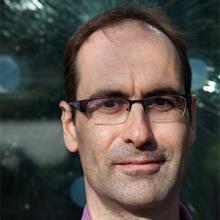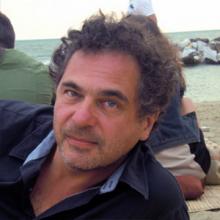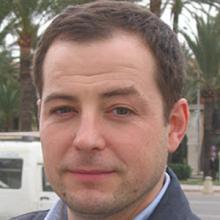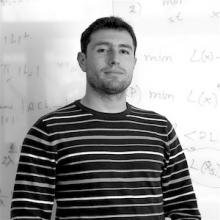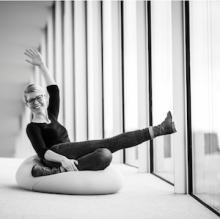Art has always benefited from technological innovation. Recent developments of formal theories of creativity and attempts to automatize the creative process founded the field of Computational Creativity.
This masterclass will address three fundamental questions:
• How can we formally define creativity and replicate it in machines?
• How can the creative process benefit from machines?
• Where does creativity lie?
Presentations and discussions between researchers in computational creativity, computational artists and critics will foster new interactions, extending our notion of the creative process.
Detailed program of the masterclass
Are creative machine really creative? (Bennie Mols)
“Logic brings you from A to B, but imagination brings you everywhere” - Albert Einstein
Because creativity is such a vaguely defined term, the question whether computers can be creative is a philosophical rather than a scientific question. Defining creativity in a narrow way, some computers are already creative. However, if we define creativity as human creativity, in a way exhibited for example by Einstein, Picasso or Kafka, computers have some fundamental problems. In this talk, Bennie will address these problems, as well as explore which capabilities machines would need in order to exhibit human creativity. Finally, arguing that we focus too much on copying human creativity and intelligence in machines, he will propose a more realistic, productive and creative alternative.
How can we define creativity and replicate it in machines? (Pablo Gervas)
There are few aspects of human behaviour that are as important as creativity and of which we know so little. It seems creativity is a vague term that encompasses not just a very broad range of very different activities (painting, music, writing, designing, problem solving, dancing, theorem proving...) but also a broad range of possible views on those activities (is creativity in the product, in the process or in the person?). Computational approaches to study creativity present the advantage of being solidly based on theoretical foundations. For this reason, they provide a unique way of postulating and testing models of "creativity". Like Feynman's last blackboard said: “What I cannot create I do not understand”, working to build systems that simulate human creativity is one very plausible way to understand creativity better. This computational approach should help to disperse the ineffability that currently haunts all available theories of creativity.
Can machines boost creativity? (François Pachet)
The question we raise is not whether machines can be autonomously creative, but how they can help people create interesting artefacts. We argue that creativity often arises when someone tries to apply an existing style to new constraints or situations. A crucial technical question is therefore the identification of flexible computational models of style. We show some examples of systems in which this is possible, in the domain of music composition and orchestration. In fine, we argue that creativity as such is essentially a social phenomenon, and possibly an illusion, but that a new generation of fascinating content creation tools is emerging.

